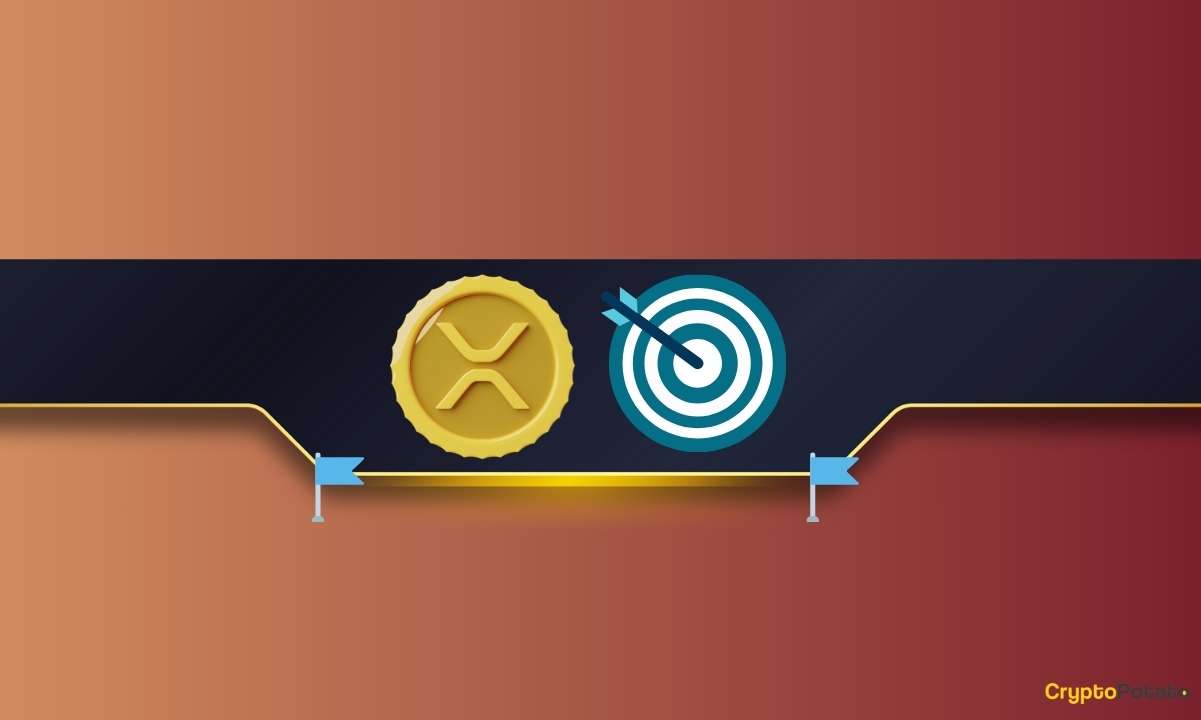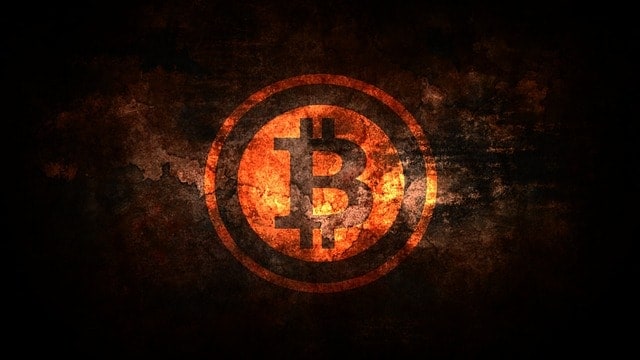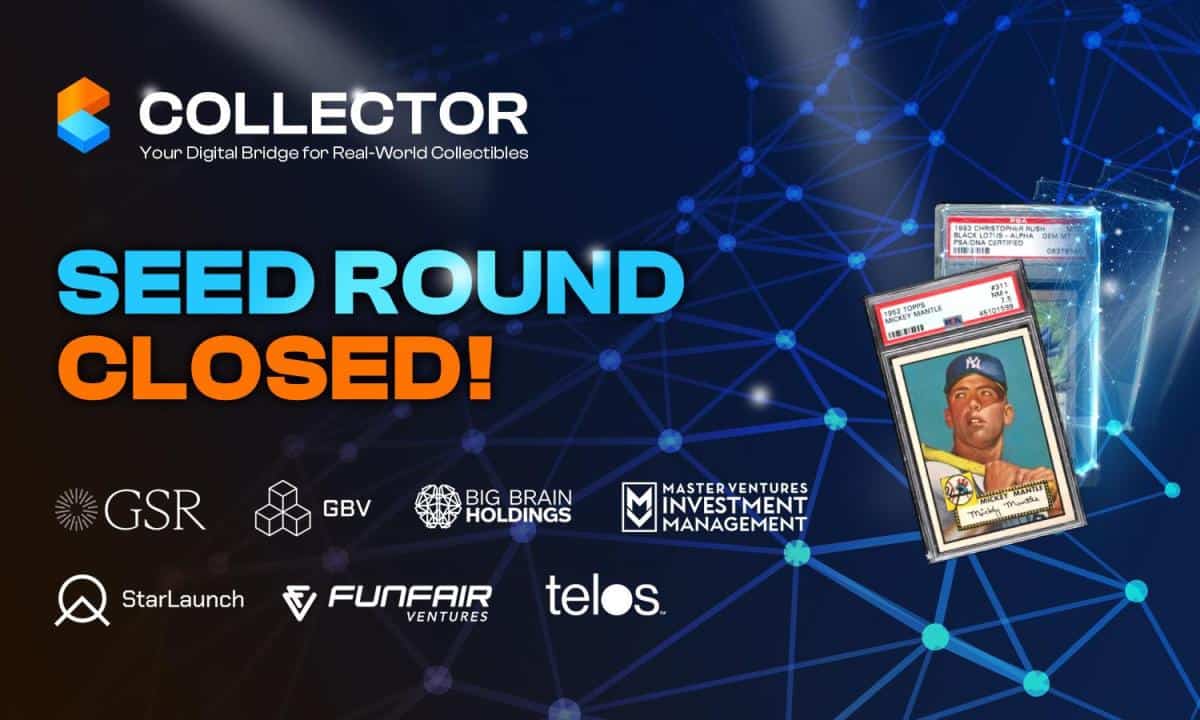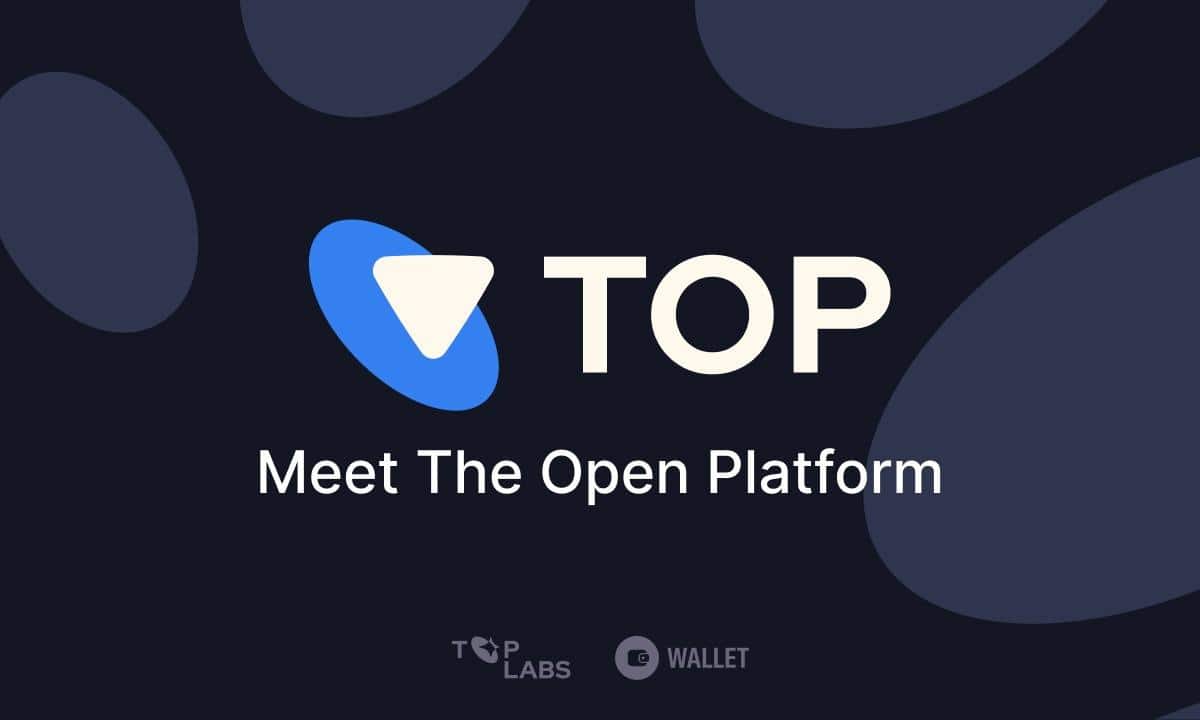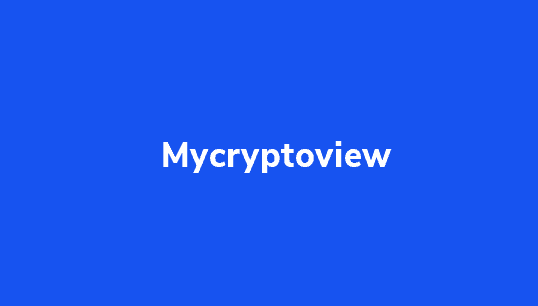Nexus Payment Mechanism and How It’s Impacting Merchants and Firms
Blockchain and distributed ledger technology are revolutionizing an endless number of industries ranging from banking and financial sectors, hotels, and restaurants to eCommerce, retail, and lots more, thus making the services offered in the organizations faster, easier, and more secure for customers.
A recent forecast by Mordor Intelligence revealed that the transaction value of global digital payments is expected to hit $11.29 trillion by 2026 and grow at an 11.21% CAGR. In reality, consumers around the world are more inclined towards a redefined blockchain payment solution working seamlessly without barriers or delays. Consequently, this has led to businesses adopting digital payment systems to increase sales, reduce costs, and also secure customer loyalty.
Customer loyalty is considered valuable and important in today’s market. And with the strong competition among retailers, organizations are exploring ways to retain and reward customers, thereby maintaining customer loyalty in the long run.
To create the best experience for customers and also build brand loyalty, companies are now using loyalty point services, a convenient technique to not only acquire repeat customers but also convert them into fans. A well-functioning and enticing loyalty program helps to ensure that customers become inclined to purchase from a brand/store repeatedly.
Loyalty programs offered by retailers and other firms include rewards, discounts, and other special incentives as a means to ensure that customers make repeat purchases so as to trigger them to become attached to the company or brand and continue to support it over time. This way, companies offer great value to their clients and promote customer engagement. However, the value of digital points depends on the trust of the company and can lose its value based on the economic situation of the issuing company.
Exploring Nexus Project Products
Nexus, on the other hand, is reshaping digital incentive/digital point service as a Web 3.0 solution that does not rely on the issuing company by backing the value of digital points through a proprietary token. Considering the fact that having an effective reward system is crucial to long-term business success and customer retention, the Nexus project intends to provide merchants and businesses with a loyalty payment infrastructure that’s transparent, efficient, cost-effective, and secure.
Nexus Project is a blockchain-powered payment infrastructure that will contribute to economic development by improving accessibility and encouraging consumption. Some of the Nexus Project products for merchants and businesses include the following:
UAE Merchant Network: Digital Rewards Services in the UAE
Through established partnerships with various firms in UAE, the Nexus Project is providing excellent loyal point payment services that can be used in many retail stores, restaurants, hotels, and more, mainly in Dubai and Abu Dhabi. This way, customers are rewarded for patronizing a store or brand. More so, customers will be able to obtain goods and services conveniently and at a reasonable price.
Payments can be made easily at numerous locations, and businesses can provide incentives to attract and retain inbound commerce. Unlike the conventional point payment system, stores can become participating merchants without the need to pay a huge sum of money to install the system.
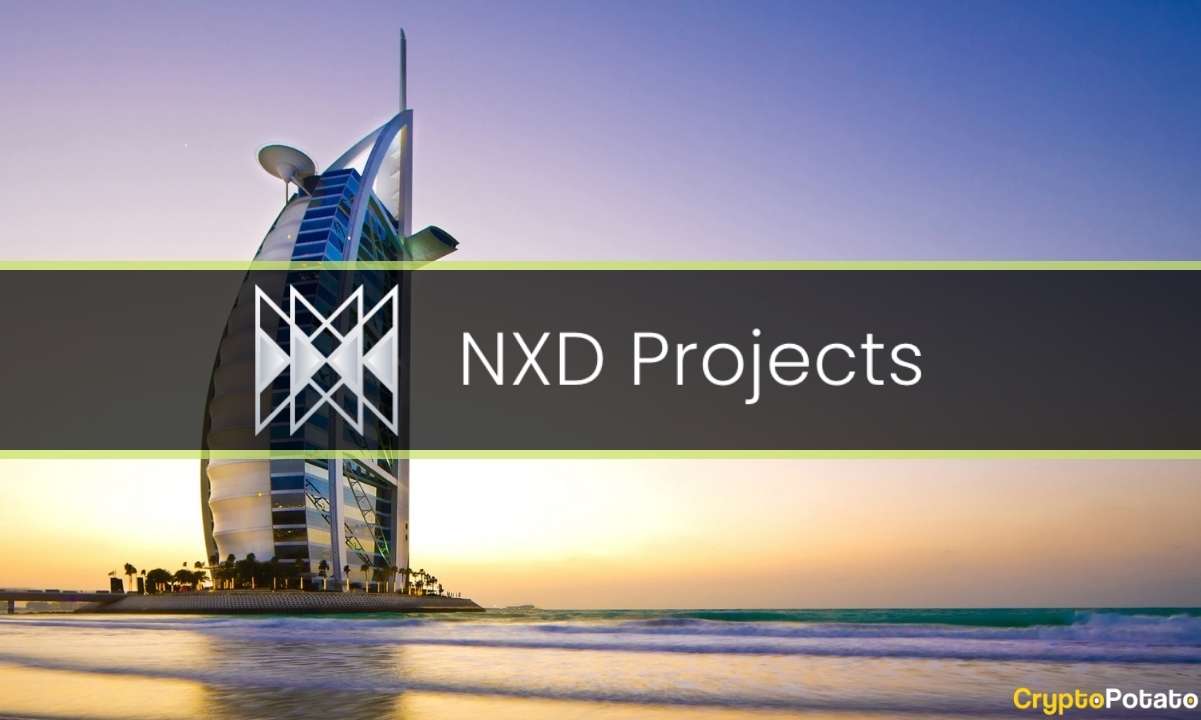
Nexus Token – Multi Reward Token
Nexus Token, NXD, is the utility token powering the Nexus project. It will be deployed initially on the Polygon – a layer 2 solution on the Ethereum network, allowing for fast processing and decentralization. NXD fuels the digital reward/digital point service of the Nexus ecosystem.
Polygon enables cheaper and faster transactions, making it suitable for payment transactions. It is compatible with the ERC standard hence it can be used to run a variety of applications on the Ethereum blockchain. The total supply of Nexus Token will be fixed, and as additional networks are onboarded, an amount of Nexus Tokens on the polygon network equal to the newly issued supply will become locked.
Merchants and User App – Spray
Loyalty programs are designed to offer people rewards for store or brand loyalty. Thus, the more often a customer makes repeat purchases – the more they spend – the greater their rewards.
Nexus Project is offering an app – Spray, to provide a payment and loyalty solution. Spray is a loyalty app that runs off-chain, allowing users to earn NEX points depending on the amount spent and use the accrued points for payment. Users can also charge Nexus Points with Nexus Tokens on various networks. The app is expected to be functional in March 2022 and will be available in various shopping centers in Dubai. Already, about 110 companies are planning to onboard this service to increase customer engagement.
Final Thoughts
Blockchain technology was initially used to support the digital currency Bitcoin, but today it’s now being explored for a wide variety of applications that do not involve bitcoin. This technology has succeeded in providing greater interconnectivity with other systems, seamless cross-border payments, and digital incentives for people’s daily consumption behavior.
Thanks to blockchain technology, Nexus project is offering a digital payment system along with digital incentives/point services that offer incredible experiences to consumers. And by integrating smart contracts, asset collateral, and personal authentication mechanisms, Nexus Project will open up new opportunities for both merchants and firms.


